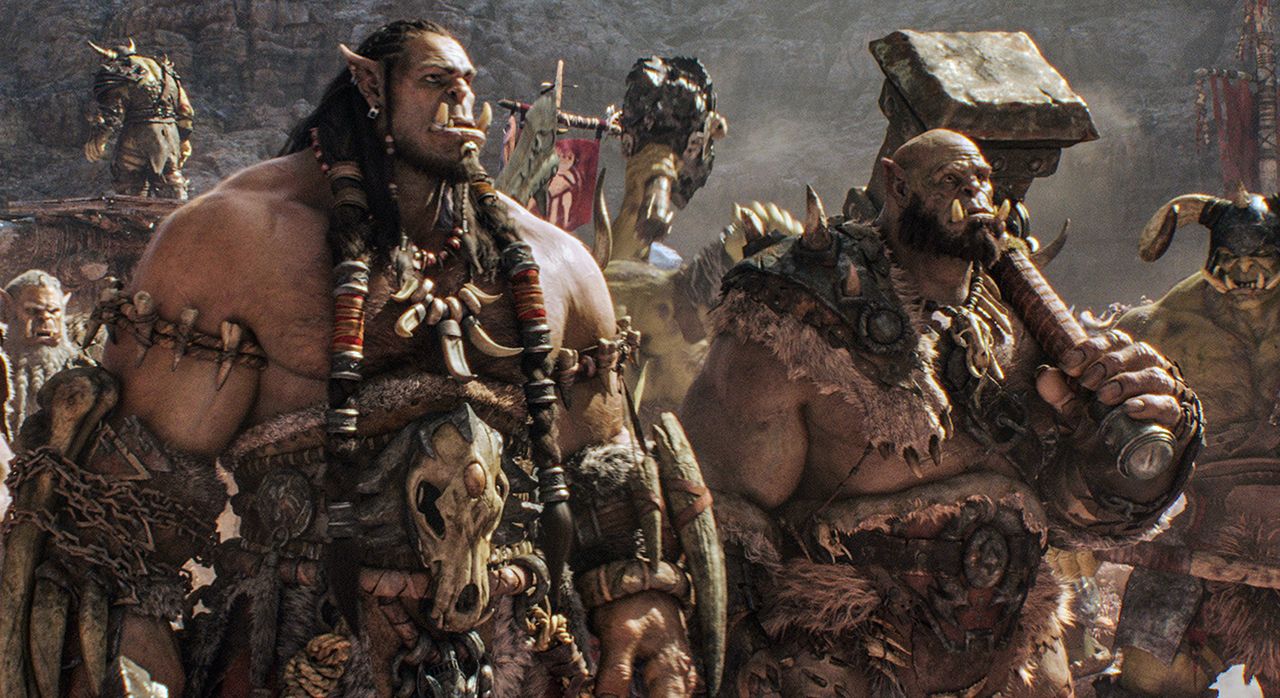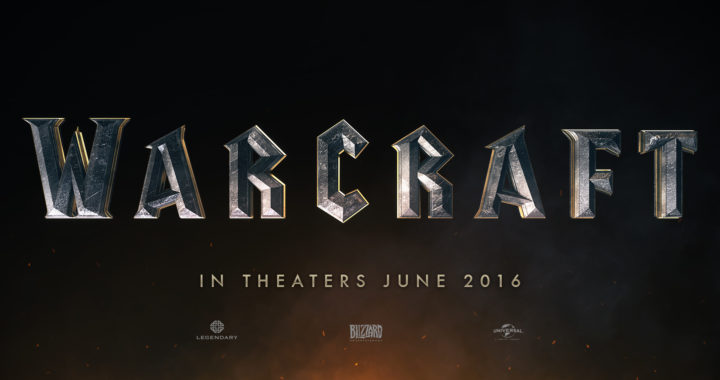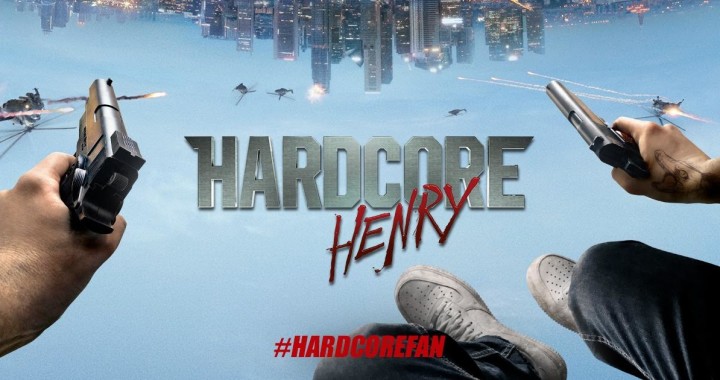Duncan Jones (Moon, Source Code) may be the first talented director to adapt a video game to film. His first two films proved he could readily handle sci-fi stories on a small scale and with complicated plotlines. With Warcraft he has had his chance to use a huge budget and high end special effects to bring one of the most popular video game franchise (and a favorite of Jones’s) to the big screen. Obviously, video game adaptations have had a track record that ranges from mediocre to awful so expectations were low. I’m happy to say that while not revolutionary, Warcraft is an enjoyable ride.
The larger lore of the franchise is expansive, but the film focuses on the central conflict of orcs versus humans (also the subtitle of the first game). Azeroth, the human land, is at peace until rampaging orcs come through an interdimenionsal portal searching for a new homeland. They are led by Gul’dan (Daniel Wu; Europa Report), a shaman orc, who uses a wicked type of magic called the fel that requires life as a resource. He intends to capture enough humans to reopen the portal and bring the entire orc horde to Azeroth. Durotan (Toby Kebbell; Dawn of the Planet of the Apes), an orc chieftan, begins to doubt Gul’dan after seeing the effects of his dark magic. On the other end of this conflict, the humans are unsure of how to deal with their new enemy. The orcs are hulking beasts capable of defeating a dozen men each. The ruler of a nearby land, King Llane (Dominic Cooper; Captain America), works with his brother-in-law and trusted knight Lothar (Travis Fimmel; Vikings) to quell this dangerous disturbance. They are assisted by a young mage Khadgar (Ben Schnetzer; Pride) and the Guardian Medivh (Ben Foster; 3:10 to Yuma), a wise and powerful wizard sworn to protect Azeroth. Together they capture a half-orc Garona (Paula Patton; Mission Impossible: Ghost Protocol) who works as their translator as they form a plan.
If that all sounds difficult to keep track of, it is. Yet it’s not as confusing as it could be. Jones and his co-writer Chris Metzen (a lead writer at Warcraft‘s video game developer Blizzard Entertainment) do their best to not overwhelm the audience with the expanded fiction. There are several named characters and locations, but each has distinctly different designs. You may not be able to remember their names but by the half hour mark the characters are easily recognizable and the hurdle of introducing the deep Warcraft lore to a new audience has been overcome.

The script keeps the external details simple and instead focuses on subverting expectations of the genre. The minute orcs and humans are shown in the same movie, the plot can be immediately inferred. Orcs are assumed to be the bad guys, but the writers have added extra dimension to their motivations. As Durotan loses trust in Gul’dan and his deadly magic that slowly destroys the land, he attempts to forge an alliance with the humans to overthrow him and live in peace. These aren’t bloodthirsty beasts that kill humans for sport. They are families fleeing their desolate world in search of a better life. They want a home in a land that can be sustained, not just a new place to pillage. The internal conflict within the orc tribe effectively deconstructs their brutish appearance to explore their sympathetic goals.
Like the plot details, the special effects also have an adjustment period. The early scenes that only feature computer generated imagery are impressive in detail. The towering orcs are animated down to the shifting of skin and muscle over bone, giving their movements a physicality rarely seen in special effects. The trouble comes when they are placed alongside human characters. The modeled orcs fall into the uncanny valley when adjacent to the live-action actors, making the humans appear as if poorly superimposed onto an animated film. Fortunately, this disconcerting effect eventually wears down allowing the narrative to come into focus.
The narrative, however subversive, falls prey to the larger goals of the franchise. There is an overabundance of establishing shots. These vistas are clearly being forced into the film both as fanservice and to reinforce the grand nature of the greater Warcraft lore to unfamiliar audiences. While seeing locations rendered in such high fidelity will surely delight some fans, it will likely not have any effect on newcomers. Furthermore, Jones does not do enough to differentiate this story from other high fantasy. The standard tropes are present (mages, dwarves, elves, and plenty of british accents) but, unlike other successful fantasy like Game of Thrones, Warcraft‘s larger world appears derivative.
Blizzard’s goal with Warcraft is more than box office profits; they want to bring a declining franchise to new markets as evidenced by the free copy provided with each ticket. Yet, nothing about the film implies the expanded universe is unique enough to inspire such interest. There may be some new converts, but those will largely be attached to the movies, not to the games. It’s also clear that they plan to continue the films if possible. After a climactic moment, the story concludes abruptly, clearly skipping the needed denouement in order to allow for sequels that may or may not be made. This is an unfortunate development as the action scenes and overall story are well directed. The sight of massive orcs squashing humans like a game of whack-a-mole is thrilling and the characters, both orc and human, have relatable desires. While the goals of establishing the Warcraft fiction to create a new film franchise and entice new players to the video game are mostly unsuccessful and often detract from the overall product, Jones has delivered an action film that will satisfy longtime fans as well as entertain the uninitiated.

3/5 stars.



